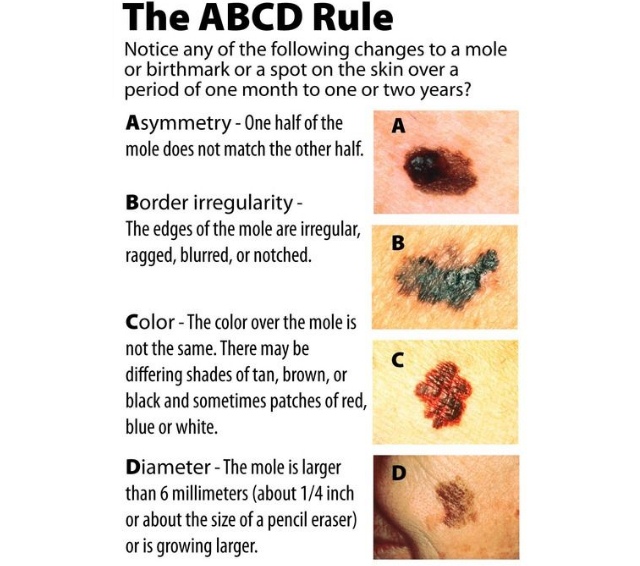
Changing or growing moles are a common problem. Seeing a dermatologist to check them can help you determine whether they are benign or cancerous. It's also a good idea to have regular skin checks so your doctor can diagnose any abnormal growths. However, you should be aware of some of the common causes of moles. Here are some of the most common. Read on to learn about the most common ones and how to prevent them.
Genetics: While there are many possible causes for moles, there are certain common ones. Several factors, including environmental factors and sun exposure, can cause moles. People with light hair, blue eyes, and fair skin are at higher risk for freckles. It's important to remember that these moles may be cancerous. It's also important to remember that there are many treatments available, including topical pastes. However, these products don't usually remove the entire mole, and shaving the area can leave an unsightly scar.
A genetic mutation can lead to the development of cancer. Deleting the CDKN2A gene can cause a mutation in the BRAF gene, which is responsible for triggering the production of p15, a tumor-suppressor protein. Without this protein, moles can grow uncontrollably and develop into cancer. Environmental factors may also increase the risk of cancer formation, especially UV radiation and excessive exposure to sunlight.
In addition to genetics, environmental factors can play a role in the development of moles. Those with a mutated BRAF gene are more likely to develop cancer than those with a normal BRAF gene. A CDKN2A gene deletion can increase the risk of developing a melanoma. Taking care of moles will keep them from becoming too large. This will give you the confidence to get them checked.
When looking for the causes of moles, it is important to take a mirror with you and check your skin for suspicious spots. Be sure to pay special attention to areas that are overexposed to sunlight, such as your face. You should also carefully examine the color of the mole. Some moles come in multiple colors and may be cancerous. You can tell if it is a normal mole if it changes color over time. If you notice any changes, it is recommended to consult a dermatologist for diagnosis and visit the health website lesa.in.th.
A mole is an irregularly shaped brown spot on the skin that can be caused by a number of factors, including genetics and sun exposure. In addition to genetics, environmental factors may also play a role. They can lead to uncontrolled growth of moles and even become malignant. If this happens, you should consult a dermatologist immediately. Depending on the type of mole, your dermatologist may perform a biopsy to determine the cause.
It is important to visit a dermatologist regularly for your mole. It is important to visit a dermatologist if a mole changes color or size. If a mole increases in size, it can become cancerous. It can also come in multiple colors, which means it can be difficult to spot. If you are not sure, consult a dermatologist. If it becomes larger or darker, it may be a sign of a more serious condition.
The most common cause of moles is genetics. Some people are genetically predisposed to developing moles. Some moles are born with uneven borders. Some are larger than others, but they all have the same basic characteristics. They are usually brown or black. They don't have a specific color, but they are easy to recognize. If you have had a mole for a long time, you may notice that it has changed in shape and size. The mole may also change color, so it is important to have a biopsy.
Often a mole can have several different colors. It is important to check it regularly, especially in areas exposed to sunlight. If the mole is unusual, consult a dermatologist. This may be a symptom of a more serious condition. If a mole has changed over time, it's time to seek treatment. Luckily most moles are harmless. And with proper diagnosis, you will feel much more confident in your appearance.
